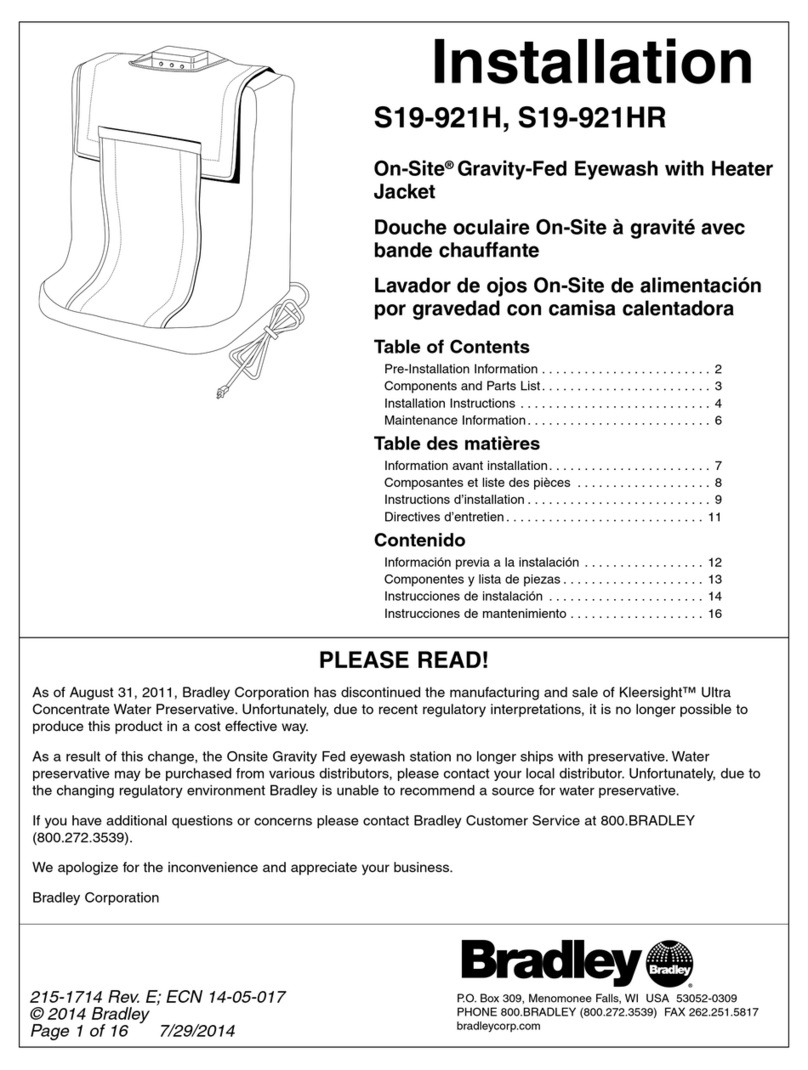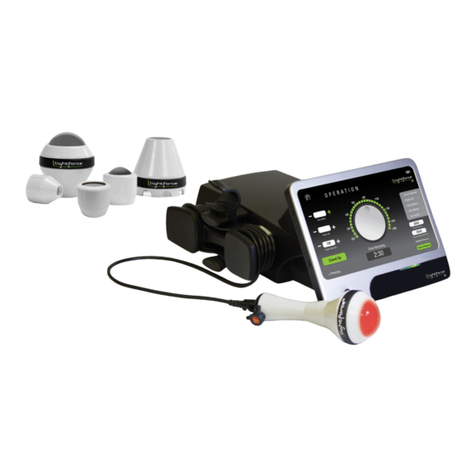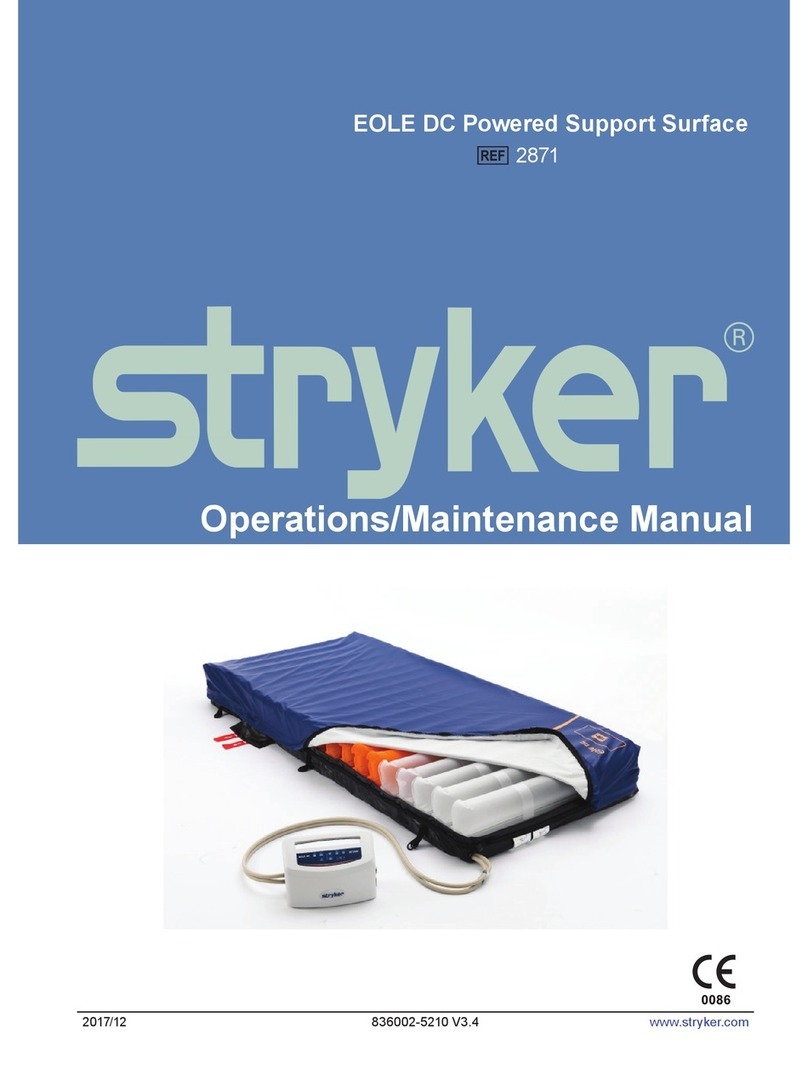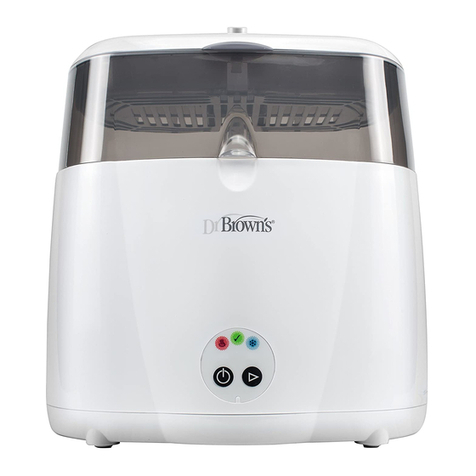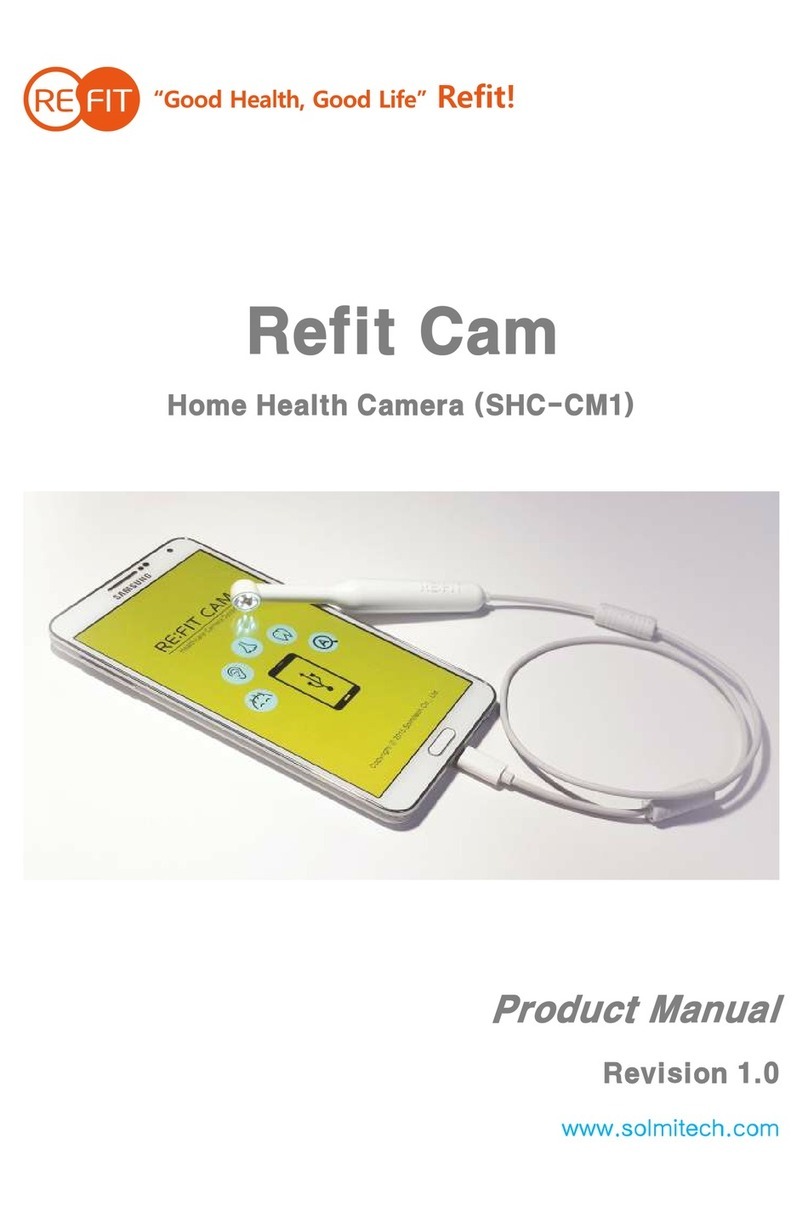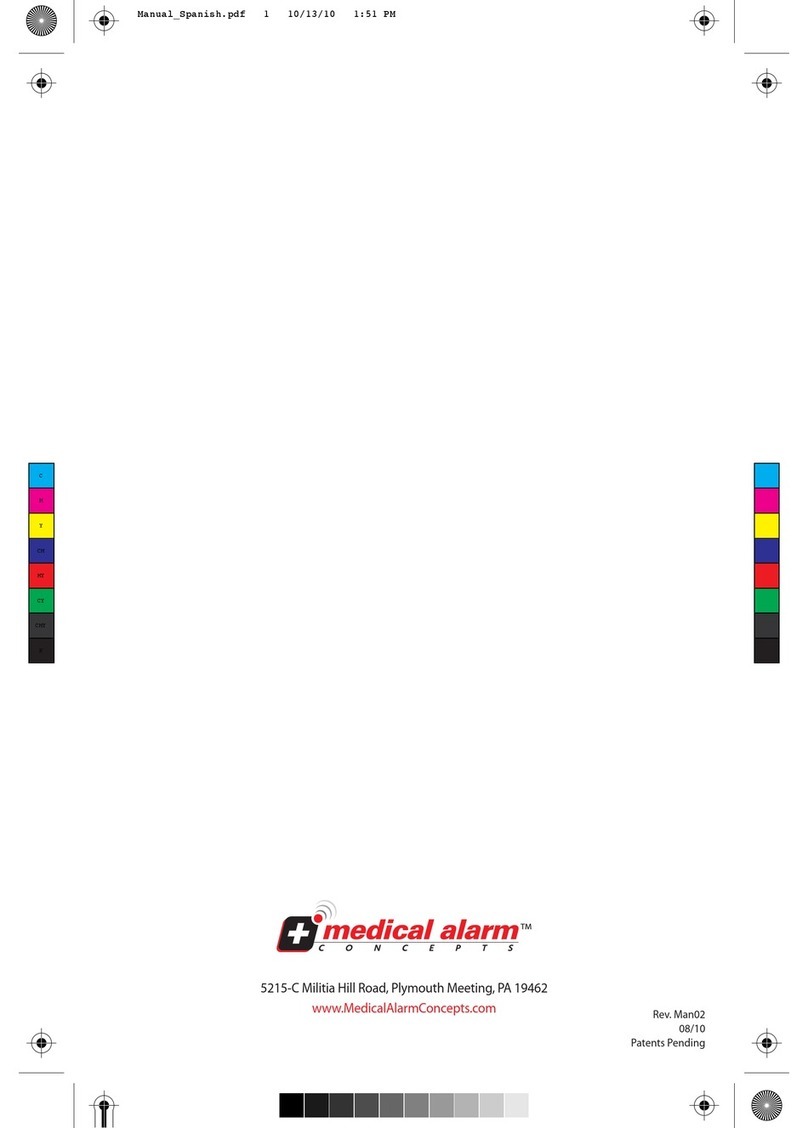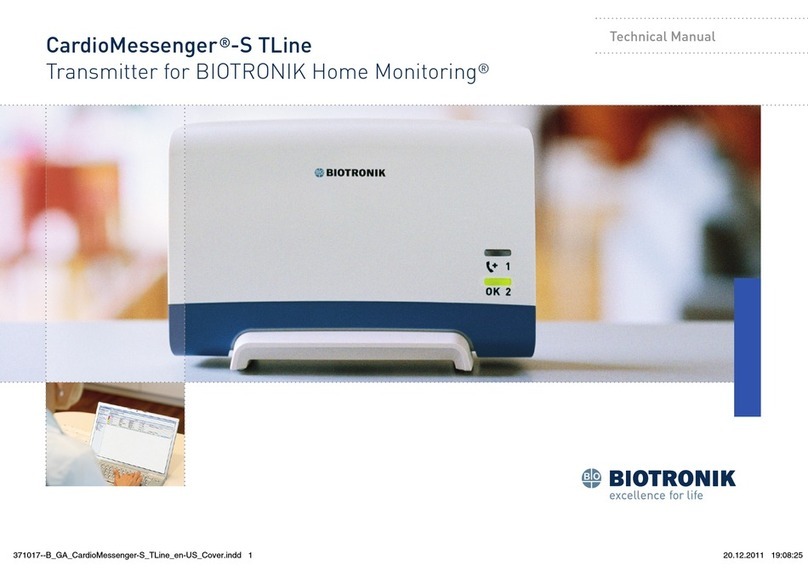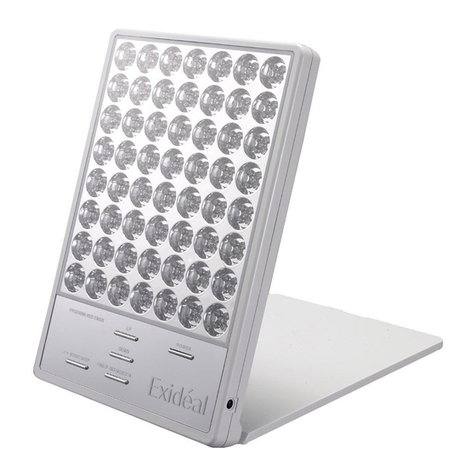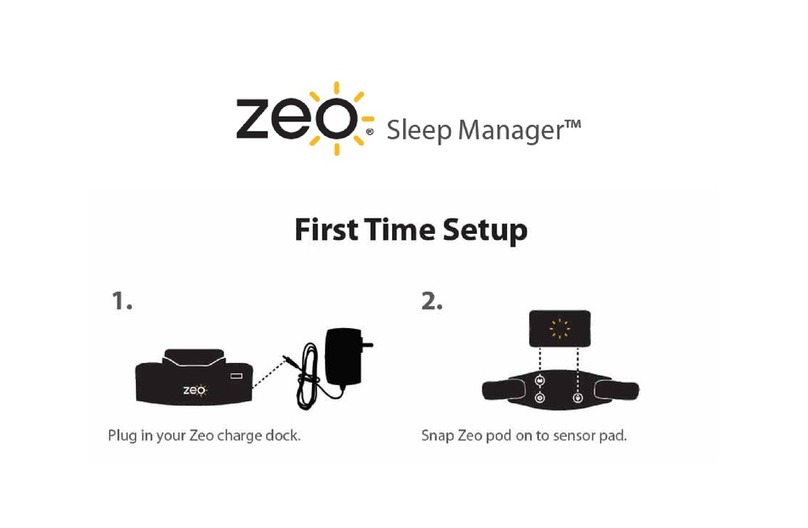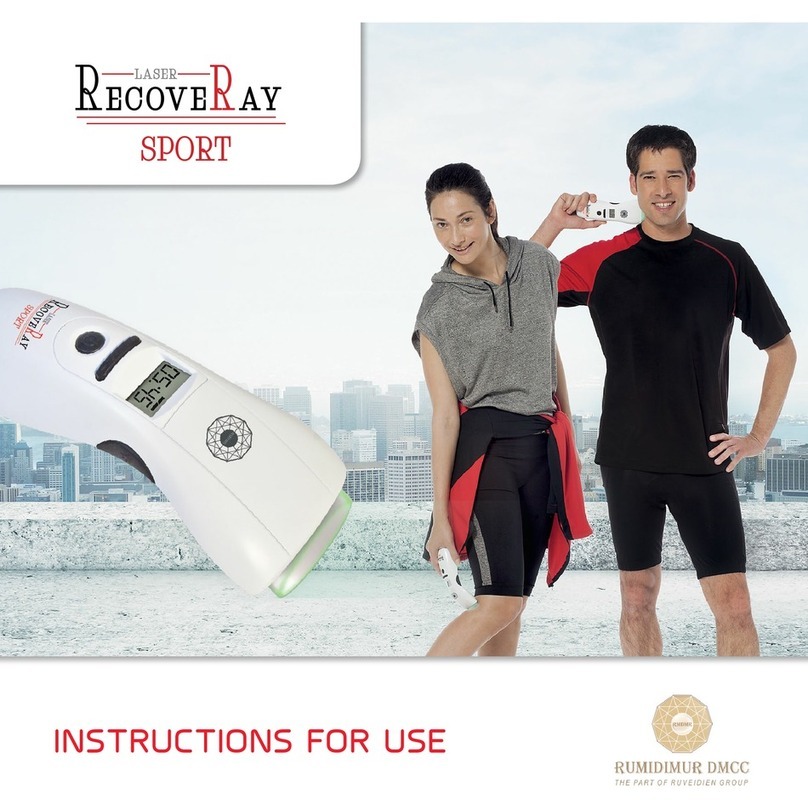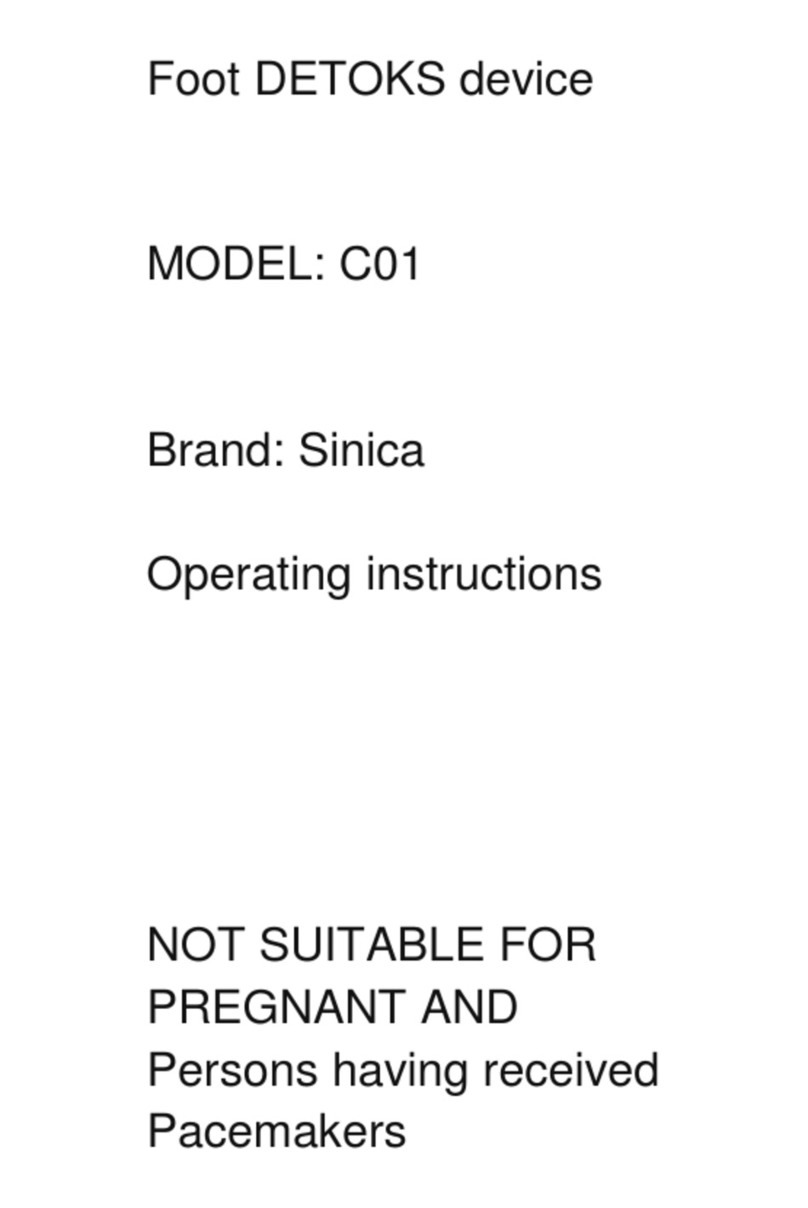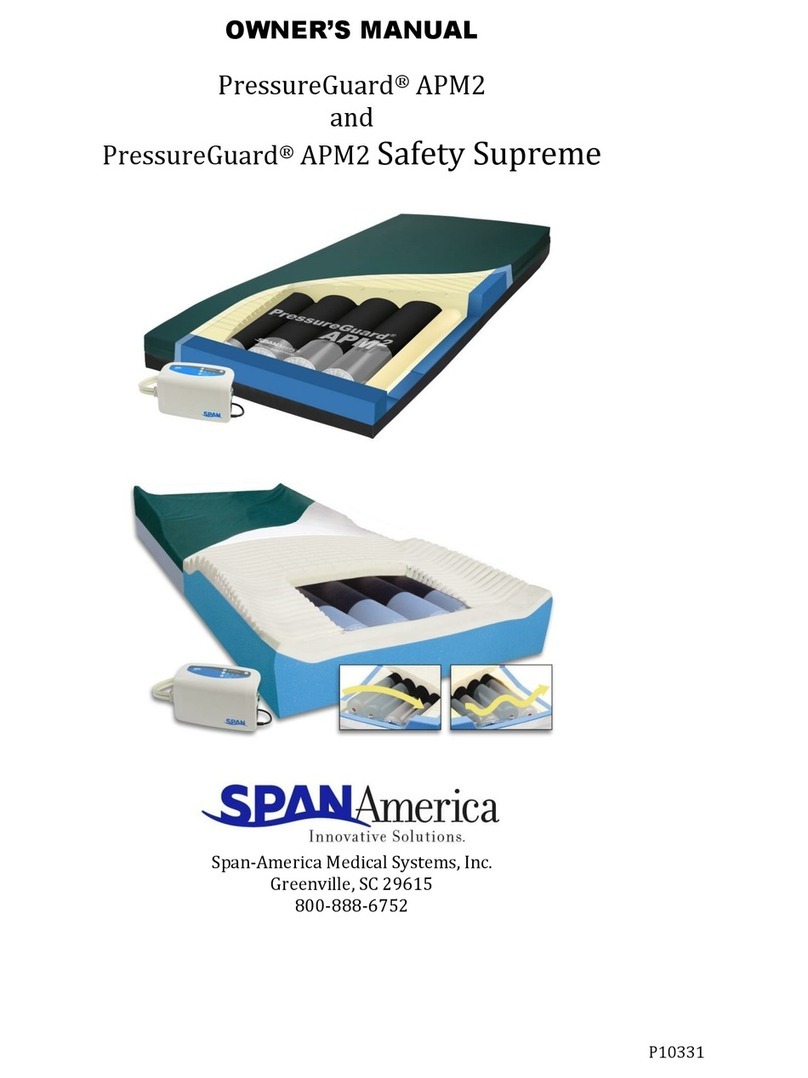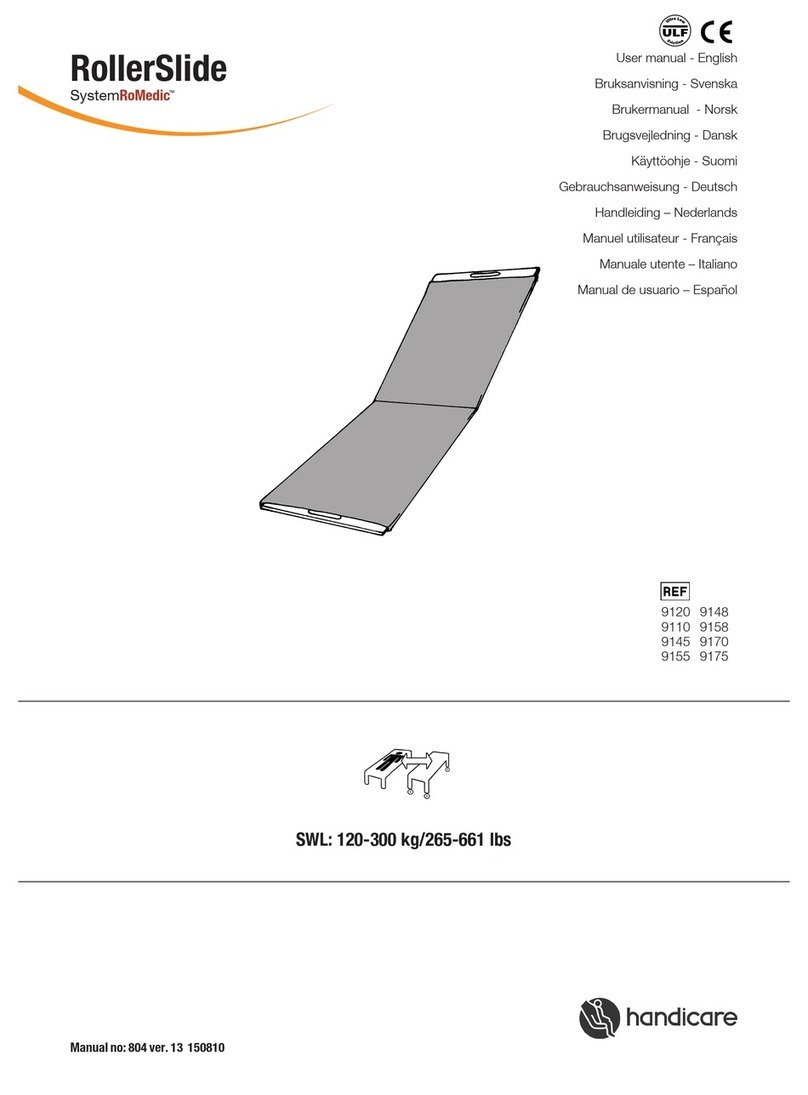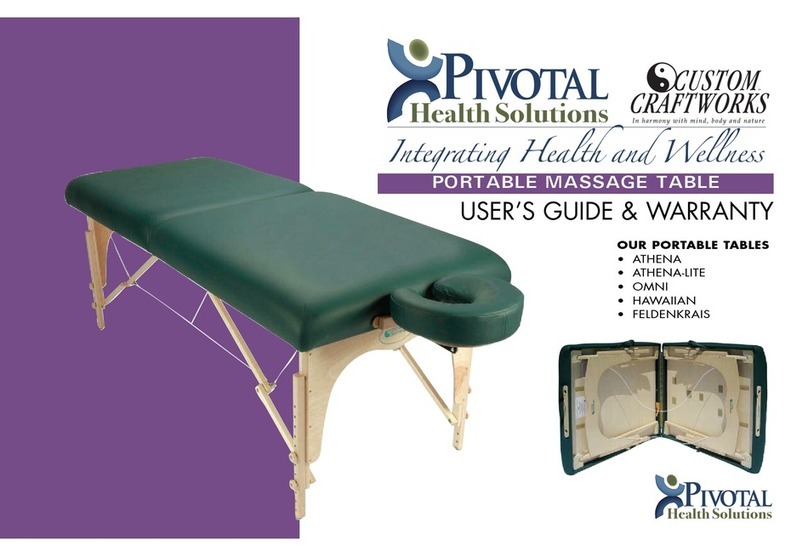
Frequencies 10 Hz-TEST (dose program),
77 Hz - THERAPY (constant
program) 10 Hz-TEST, SCREENING, and MED programs. 20,60,77, 140, 200 Hz - THERAPY frequencies in THERAPY program
Regulation of the
power level of
treatment
From 1 up to 10 Step-by-
step acceleration From 0 up to 99 Gradual acceleration, according to the sensations of the patient
Visualization of
parameter changes None Liquid crystal display
Remote electrodes None present
Opportunities of
preventive influence None Minimum effective dose program
Diagnostics of
Trigger zones
Empirically, according to the
sensations of the patient and
discretion of the operator Objective parameters: TEST program -seconds; SCREENING program - ALT coefficient in standard units.
Additional diagnostic
facilities none none
The FOLL method is an electropuncture diagnostics technique which works along
energy channels for the assessment of the functional condition of all internal
organs of the patient. This method is also designed to TEST and select
homeopathic and allopathic preparations for specific patients. The BIOREPER
method is a new form of functional electropuncture diagnostics on the auricle
(auricle diagnostics), which reveals pathology at the pre-disease stage, and aids
the selection of the optimum course of treatment.
Advantages of Using DiaDENS Devices
• The DiaDENS-T and DiaDENS-DT are new devices used for a new method of treatment - dynamic electric neurostimulation. The portable
DiaDENS device combines the facilities of reflex diagnostics and reflex therapy.
• DiaDENS devices have the constant function of monitoring the surface skin impedance (biologic feedback) using TEST and SCREENING
programs.
• DiaDENS-T and DiaDENS-DT devices contain the exclusive diagnostic SCREENING program, which enables the assessment
of the state of body systems before, during and after treatment, thus assessing the effectiveness of the THERAPY.
• DiaDENS-DT device contains the unique BIOREPER program and the time-tested FOLL methodprogram, which allow for the fast
assessment of the functional state of internal organs and meridians, the ascertainment of compatibility between pharmaceutical preparations
and cosmetics, and the prevention of administrating potentially dangerous allergens.
• DiaDENS devices have a wide variety of frequencies, from 20 to 200 Hz for therapeutic treatment of various diseases, states and pain
syndromes, and include the MED microcomputer program (testing minimum effective dosage), used for prevention of many diseases and
pathological states.
• Intensity of application (energy range) can be easily selected for patients of any age with any level of pain sensitivity.
• In-built DiaDENS electrodes improve the effectiveness of DENS-therapy, and allow therapeutic treatment of biologically active points
to be carried out.
• External therapeutic electrodes provide treatment of biologically active points on the auricle, around the eyes and on the body.
Indications and Counter-Indications for Use of DiaDENS Devices
Suggestions for DENAS device usage
• Treatment of acute and chronic pain syndromes.
• Correction of functional disorders in diseases of the muscu-loskeletal, nervous, cardiovascular, endocrine, urogenital systems,the respiratory
organs, digestion, ears, nose, throat, eyes and skin.
• Rehabilitation following previous diseases, surgery, injuries.
• Prophylactics of diseases, recurrence of chronic diseases, functional disorders, separate symptoms and syndromes of most known diseases,
including correction of disorders revealed at the preclinical stage with the aid of traditional diagnosis techniques.
Contraindications for usage
Absolute:
• individual intolerance of electric current;
• presence of implanted heart pacemaker.
Relative*:
• epileptic status
• neoplasms of any causation and localisation
• fever of unknown origin
